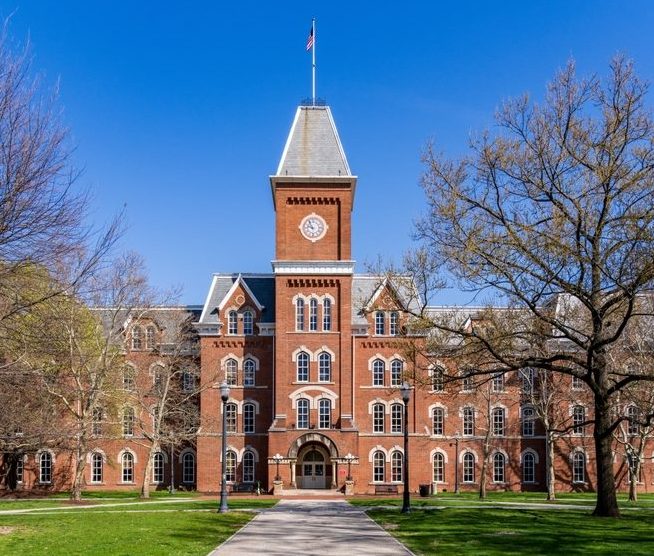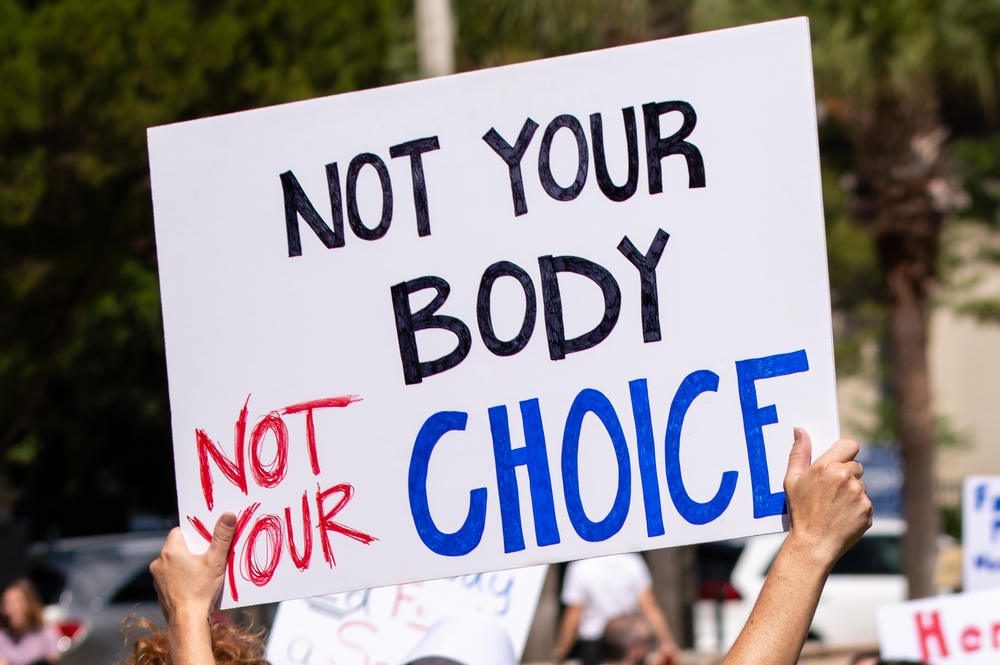Sexual assault is one of the most common and long standing issues surrounding college campuses, with RAINN (Rape, Abuse and Incest National Network) stating 26.4% of undergraduate female students face rape or sexual assault – a statistic that direly needs to be addressed.
At the height of the #MeToo movement in 2017, more and more women emerged to share their experience with sexual assault and, by courageously doing so, brought more attention to a form of violence all to hidden yet normalized within American society. Six years later, the movement´s call for change is still as prevalent as ever with 1 in 5 female college students facing sexual assault in comparison to 1 in 16 for their male counterparts, evidenced by the National Sexual Violence Resource Center.
With those increased chances of sexual assault, a Marquette University publication affirmed that ¨sexual violence can cause devastating effects on a college woman’s mental, social, emotional and physical state and necessitates much attention and action,¨ especially since the article reveals that experiences with sexual violence lead many female students to face higher risks of depression, post-traumatic stress disorder, substance abuse disorders, sexually transmitted infections and self-harm, including suicide.
While strides have been made, such as through the #MeToo movement, speaking out about and against sexual assaults still lacks commonality. The reasoning: survivors fear the backlash, questioning, and minimization that often comes with exposing their traumatic experiences. The overall change that needs to be made is on a societal level; sexual assault should not be tolerated by any means and, everyone, especially college students, should be educated on the matter.
To initiate this resolution, colleges can first ensure campus safety for their female students by ensuring their campuses are well lit, have an effective blue light system in case of emergencies, and, either through their blue light system or through another service, have means for a safety escort program. To truly get to the root of the issue, colleges can educate their students through programs supported in an article by “The Daily Targum,” such as the Green Dot system, which emphasizes the importance of being an active bystander, or the Enhanced Asses Acknowledge Act (EAAA), which teaches women how to defend themselves from sexual assault. By educating students of all genders, more awareness will circulate on the issue and can help all students to think smarter in their futures.
Lastly, for the students that have already been victimized by sexual assault, it is integral that colleges make their mental health resources for them known. Whether that be by guiding students to report their experiences of sexual assault without shame or by implementing support groups specifically for these students to ensure they do not have to ruminate in their trauma alone. By taking active measures such as these, colleges can help prevent the destructive mental health behaviors that often follow sexual assault incidents.
Altogether, the hope is that by helping, colleges can break the patterns of sexual assault that affect their female students at an all time high. To reverse this epidemic of sexual assault, taking active methods that ensure prevention and support could one day make sexual assault a foreign issue for colleges and society as a whole.








